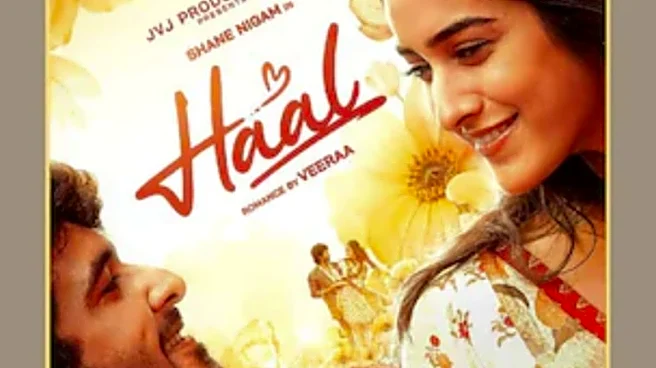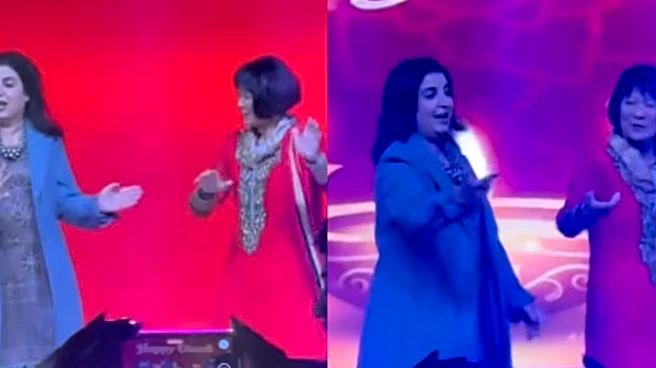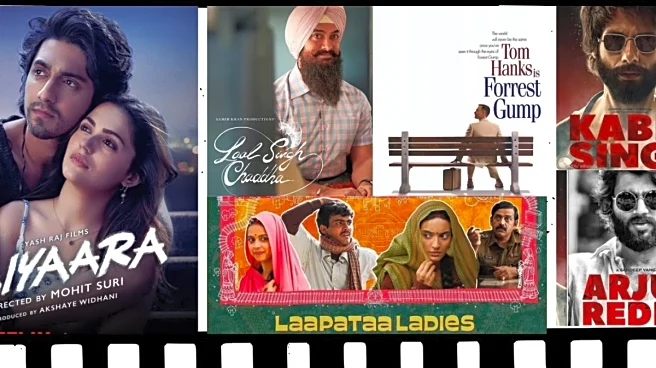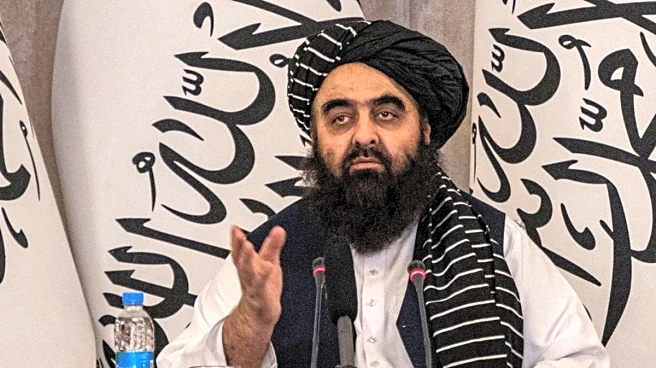Civilisational freedom is defined by what it forbids. India’s freedom of expression, unlike the West’s absolutist tradition, has always been a negotiated compact — a dialogue between art and order, liberty
and responsibility. The recent Central Board of Film Certification (CBFC) demand of the removal of a “beef biryani” scene from the upcoming Malayalam film Haal must therefore be read not as a denial of artistic freedom, but as an act of proportion — a gesture of restraint born of memory.
The demand has predictably reignited debates over artistic freedom and state oversight. Pitched as a romance drama, Haal does not appear to be a politically neutral work. From what one reads, among nineteen proposed cuts the CBFC flagged politically coded lines — “Dhawaj Pranam”, “Sangham Kavalundu” (the ‘Organisation’ is watching) — and ritual imagery.
While censorship always merits scrutiny, the decision in this instance is defensible, provided it is understood not as blanket suppression but as a precautionary intervention against what may be termed “weaponised cinema” — the deliberate use of provocative content to incite reaction, then claim persecution under the banner of artistic expression. The history of cinema is, after all, inseparable from the history of provocation. Filmmakers have long known that what one community reveres, another might ridicule, and that the border between art and agitation is perilously thin. What complicates the debate today is intent — the creeping pattern of references inserted not to deepen the story, but to incite a reaction, and then to claim victimhood in the name of artistic freedom.
Weaponisation need not come only from the State as being hinted here; it can emerge from capital, ideology, or activism. In 1945, the American liquor lobby attempted to block Billy Wilder’s The Lost Weekend, fearing its unflinching portrayal of alcoholism would devastate liquor sales. The film’s artistic merit was irrelevant to its opponents; what mattered was its potential to reshape public perception and behaviour.
In India, the 1930s film Mazdoor, based on a script by Munshi Premchand, was thwarted by big business for its sympathetic portrayal of labourers. It recognised that cinema could galvanise class consciousness in ways that pamphlets and speeches could not. In both cases, the films were not merely works of art — they were perceived as weapons capable of altering social and economic realities.
This is the double-edged nature of cinema: it liberates, but it can also inflame. To deny this is to romanticise art and ignore its power. The “beef biryani” scene in Haal falls within that fraught zone. It is not a culinary moment; it is a symbol — and in a society where food carries the weight of faith and identity, it becomes a political instrument.
When a film situates itself at this intersection, it enters terrain where representation carries weight beyond aesthetics. When filmmakers deploy religiously charged imagery in contexts where it serves no essential dramatic purpose, they engage not in courageous storytelling but in cultural baiting. Consider a hypothetical reverse: would a film released in a Muslim-majority region include a gratuitous scene of characters relishing pepperoni pizza, knowing full well the symbolic charge pork carries?
Compounding the issue, the filmmakers have petitioned for a two-stage censorship system: one at the script stage and another post-production. This proposal is absurd and reveals a fundamental misunderstanding of artistic process and regulatory function. It is an audacious move: provoke public heat, then propose institutionalised forelock-tugging as the remedy. Such cynicism deserves rebuke, not redress.
The CBFC’s mandate is not merely to evaluate artistic merit but to anticipate social impact — a responsibility that, in pluralistic and volatile contexts, occasionally necessitates intervention. The Board’s mandate is certification, not censorship — but certification assumes that the intended audience and the actual audience are the same. That assumption no longer holds. In the age of smartphones, every child has access to everything and beyond. What the CBFC has done, then, is to anticipate social consequences in an ecosystem where the boundaries between cinema hall and living room, adult and adolescent, are dissolved.
The writer is a film historian. Views expressed in the above piece are personal and solely that of the author. They do not necessarily reflect News18’s views.



/images/ppid_a911dc6a-image-176010816624155841.webp)







